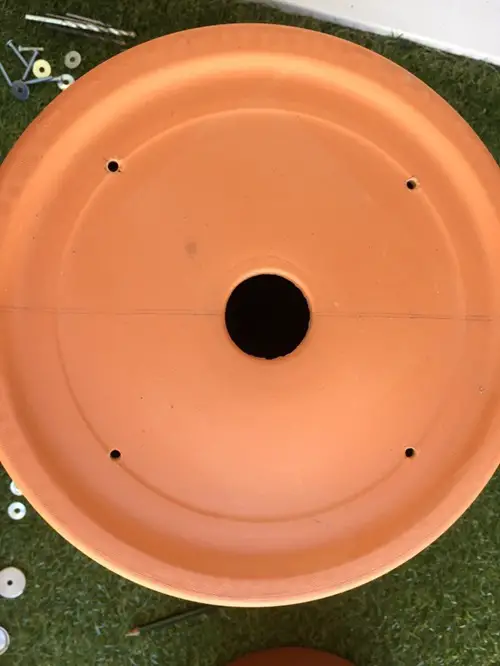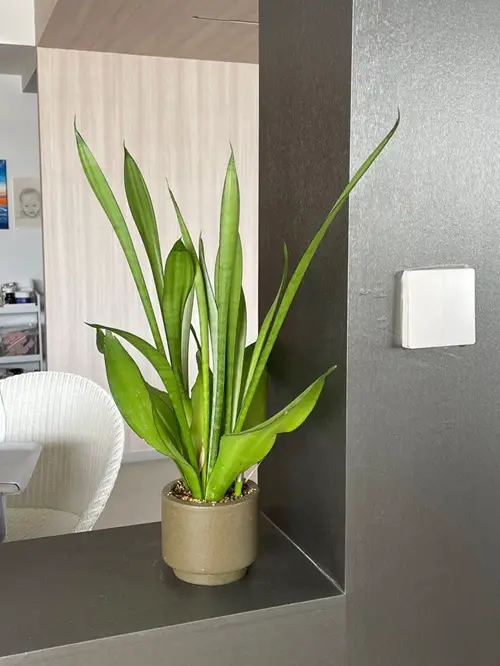Do Snake Plants Need Drainage Holes? Or are they happy in a container without one? Get all the answers below!
Snake plants are popular for their resilience and tolerance for lack of watering – however, they are a bit sensitive when it comes to moist soil. So, the question is – do they need a container that has a drainage hole at the bottom, or can you grow them in a sealed pot? Let’s find out!
The Science Behind Drainage Holes in Pots
See, we all need oxygen, and the same goes for plants. A drainage hole at the bottom of the container ensures that the excess water has a space to exit – eliminating the chances of it getting stored at the bottom of the pot.
This allows the roots to get proper air circulation in a container and prevents waterlogging, which causes rot, mushiness, and the untimely death of the potted plant.
Do Snake Plants Need Drainage Holes?

These are succulents, remember! And what we know about succulents? They HATE excess water. Like other common houseplants, these plants are not thirsty, all the time, so having small holes at the bottom of the pot helps in letting the excess moisture out! So, the long message short is Yes, a snake plant needs a pot with drainage holes!
Learn how to grow succulents in pots without drainage holes here
Why Drainage Holes Matter for Snake Plants
The major reason for root rot is poor drainage, this can be due to: (1) – Not getting enough air, and without a drainage hole, the soil will always be wet – meaning elimination of air pockets around the roots. (2) – If the plant is always in overtly wet soil, the roots start dying, resulting in stunted growth, along with yellowing/drooping leaves and ultimately its death.
Selecting the Best Pot for Growing Snake Plants
The pot should not be too big, just one or two sizes bigger than the rootball of your mother-in-law’s tongue and it must have drainage holes and if you want to learn more, give this guide a read here.
How to Grow a Snake Plant Without Drainage Holes

Growing a snake plant without drainage holes is easy if you follow some of these tips and be extremely careful with watering.
- Get gravels and stones (little ones) and layer the bottom 2-3 inches of the pot with them – this will create a false drainage layer, acting as a reservoir for water, keeping the excess way from the roots.
- Watering plays a key role – this is why it is of utmost importance when your container lacks drainage. Moisten the growing medium only when the soil dries up a lot and always wait for some days, even a month or two before watering again.
- Go for a glass container, a big jar or long and slender flower vase probably to grow the plant, it would be great – as you will be able to see the growing medium going dry easily!
- Grow in a well drained potting mix specifically designed for succulent. If you’re using your regular potting soil, mix in a handful of perlite, coarse sand, or pumice to increase drainage.
- Make sure the plant gets soft direct sun for at least 4-5 hours every day and bright indirect light for the rest of the day, this will increase evaporation and help the substrate to dry out sooner.
- When growing a snake plant in a pot without a drainage hole, do not feed the plant as usual – add a pinch of liquid fertilizer and water the plant, and wait for several months before doing it again.




